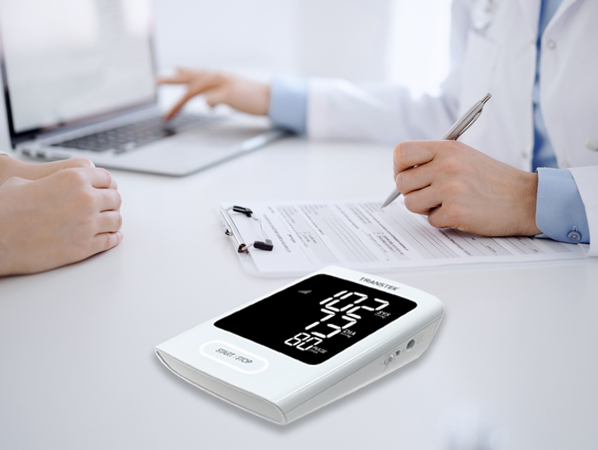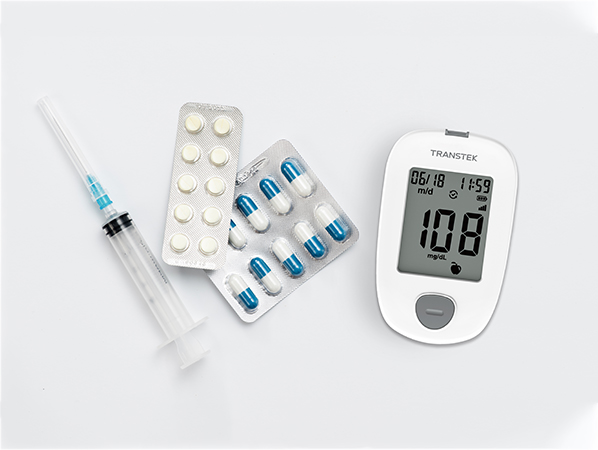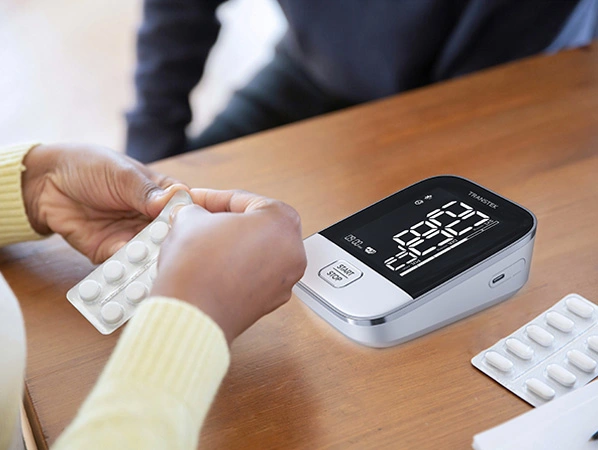Given the enormous difficulties associated with responding to global health emergencies, it is not surprising that the United States will make new progress in health care in 2020. One of the more important improvements involves remote medical monitoring. Remote medical monitoring has actually existed since the mid-1970s, but it was thrown into the spotlight during the pandemic and is being rapidly selected. No one thought of the key and unlimited advantages of remote medical monitoring, which shocked anyone.
Routine blood glucose detection is a basic part of diabetes care. Experts asked diabetes patients to visit the center every 3-6 months to measure their HbA1c regularly. Diabetes patients can use fingertip strategy, test paper and multi-functional glucose meter to store glucose readings at home, and test their blood sugar independently at all times. These daily blood glucose readings are stored in the blood glucose meter and can be transmitted to the consideration group remotely or during subsequent center visits. Remote monitoring of diabetes patients enables doctors to provide more personalized care because they can respond quickly to continuous information.
RPM device also urges diabetes patients to pay more attention to their health and the extent to which their health is affected by diet and exercise. For example, patients can investigate and understand the readings after dinner, which may indicate how they may have to change the dinner to further improve blood sugar levels.
The remote medical monitoring mechanism can be used to improve sa fety. Dementia patients often fall. Experts use remote medical monitoring sensors or portable tools such as walkers and walking sticks to screen patients' linear speed increases, steps, accurate speed and numerical calculations to predict the possibility of falls. These tools are equipped with the following functions (GPS, Wi-Fi or RF) to help parents find the lost elderly.
Remote medical monitoring has proved beneficial in helping patients maintain heart health. Cardiologists now use cutting-edge instruments such as wearable heart screens connected to mobile phones to more easily screen patients with persistent heart disease. A report in 2015 tracked that more than half of the 110 million patient collaborations were conducted through video conferencing, mobile phones and other remote medical monitoring tools. These tools outline the electrical movement of the patient's heart when working, dozing or exercising. In the long run, compared with the one-time consequences of ECG monitoring facilities, this information enables experts to have a broader understanding of the patient's health.


